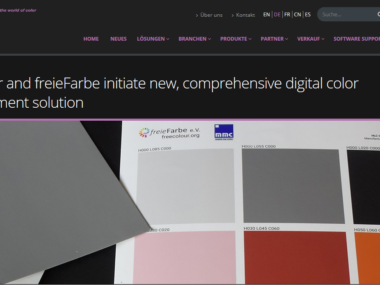They provide data that make our lives easier. They are not only known as search engines, but also as aerial photographs, maps, navigation systems, translators and self-driving cars. This basic idea can also be applied to colours.
It would be useful if one could work more freely with colours. If one could quickly look up hundreds of systems used in practice - their appearance and their colour values in RGB, CMYK, etc., so that one could use them quickly. It would also be nice if one could compare colour systems with each other: which colour of system y corresponds to a specification from system x? And find correct answers to the question how a colour 20% looks lighter or its counter colour. These simple tasks are only possible to a limited and inaccurate extent with today's means - colour comparisons are carried out manually on the basis of colour samples, the Stone Age sends its regards.
Such data would facilitate the work of many people. Think of commercial artists, master painters and architects, also pupils and students, and anyone who wants to paint their room...
The question of copyright and permissibility arises: my own experience with paint software shows that almost all paint manufacturers immediately agree to such publications, as they increase their publicity.


